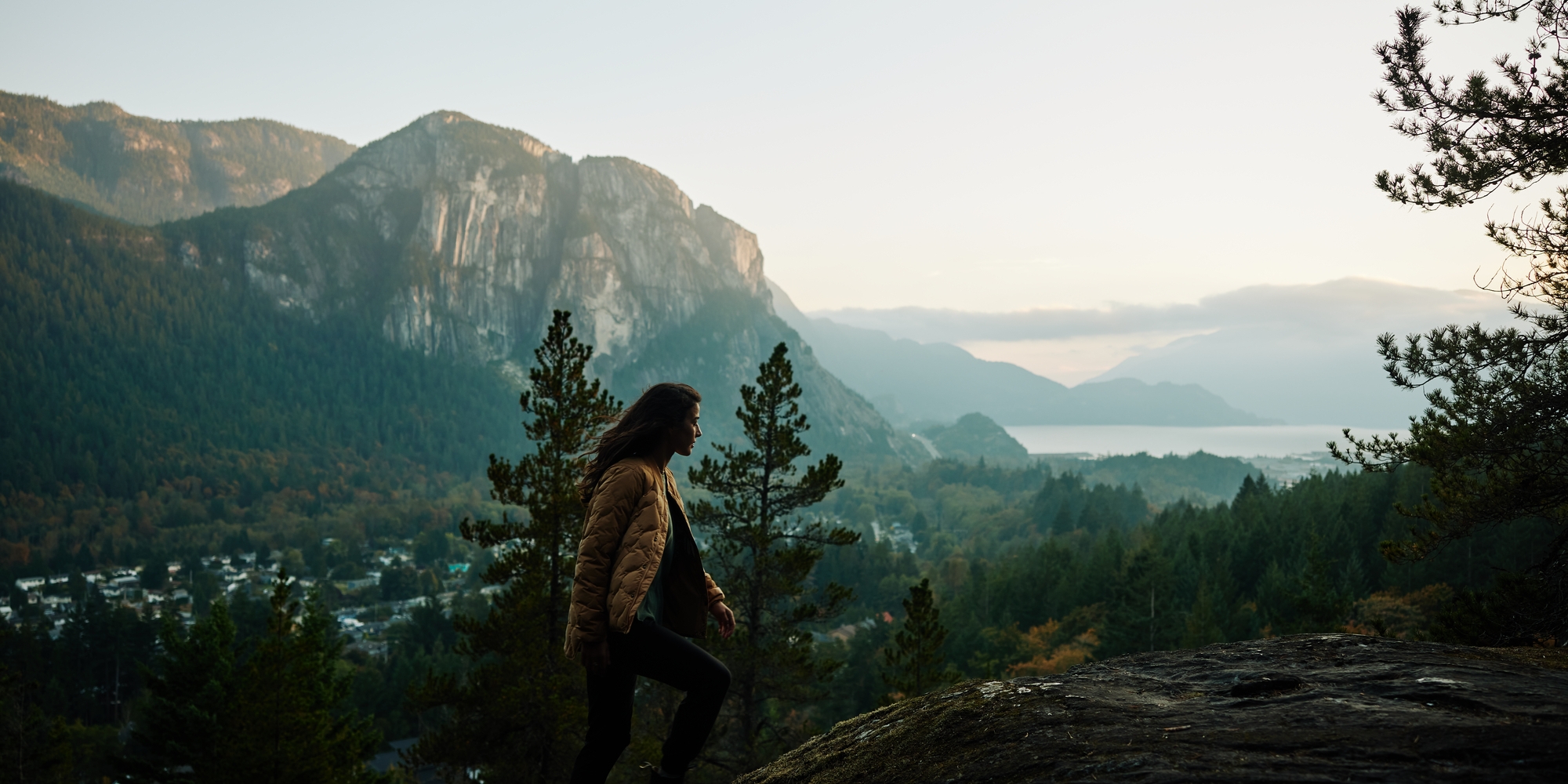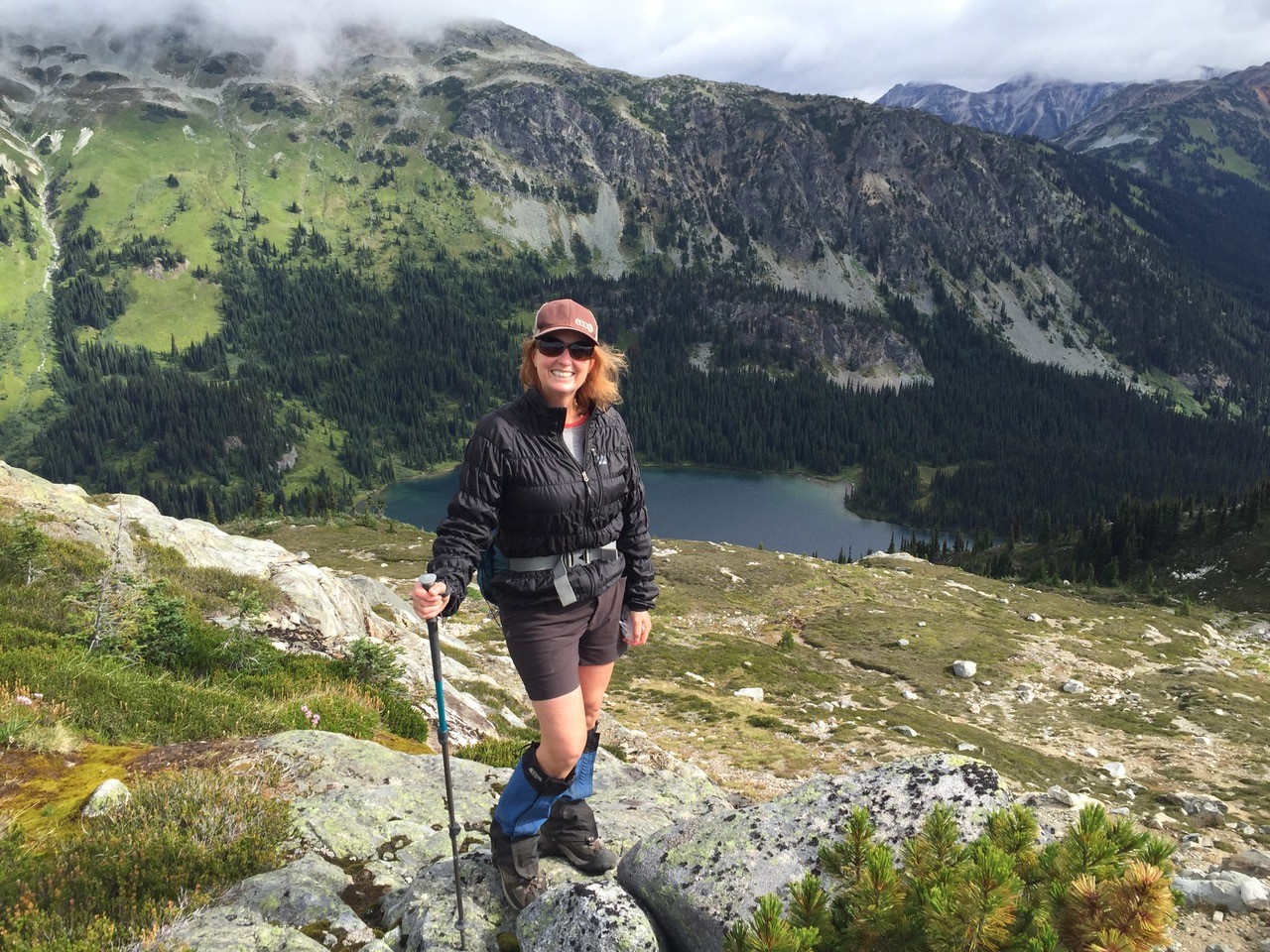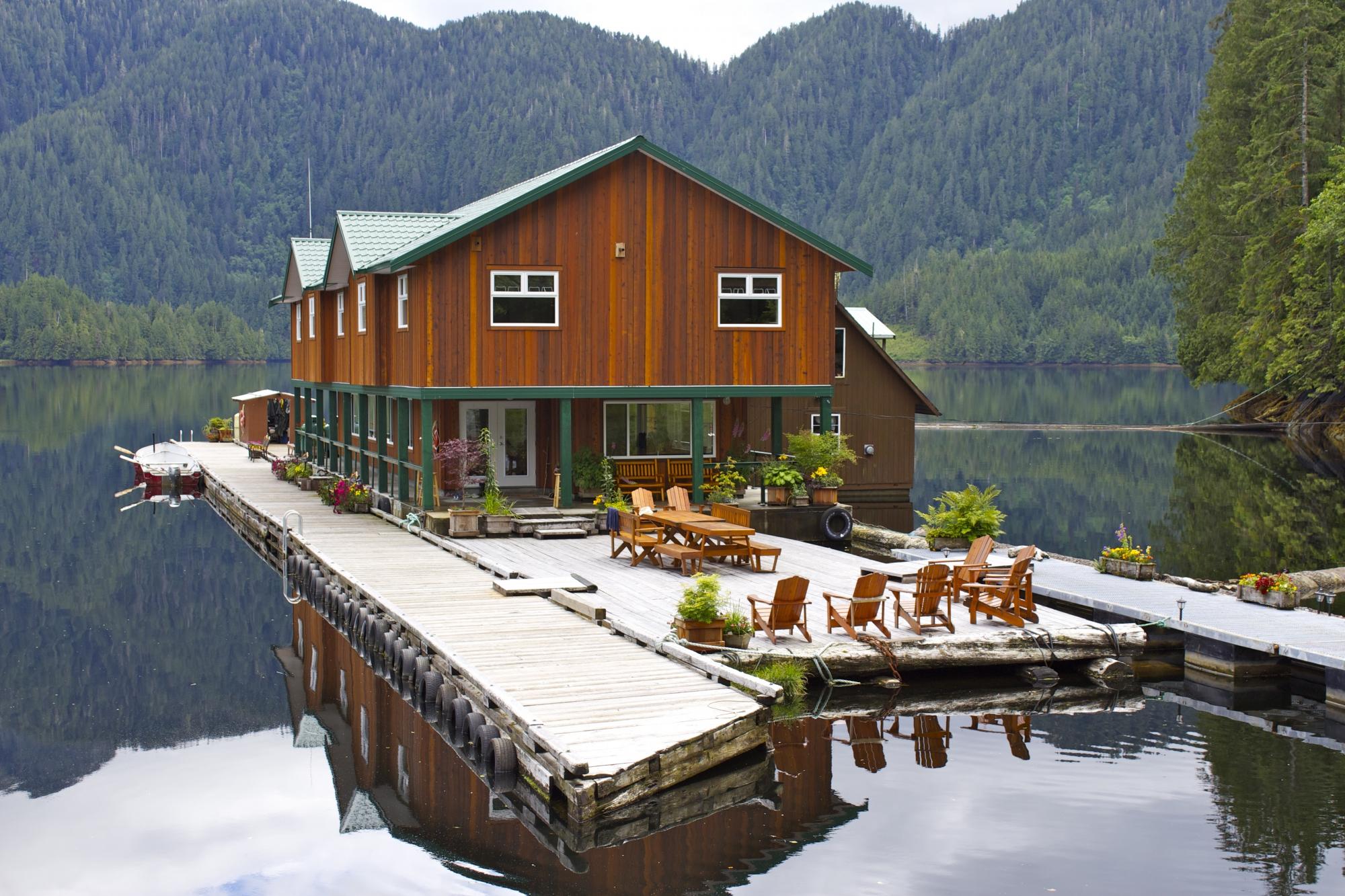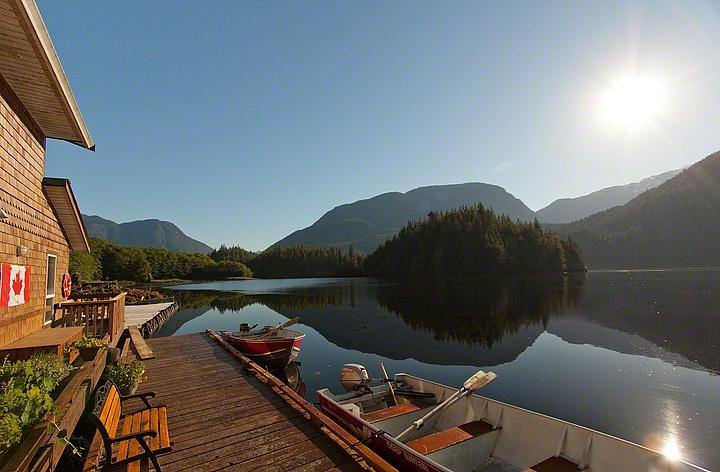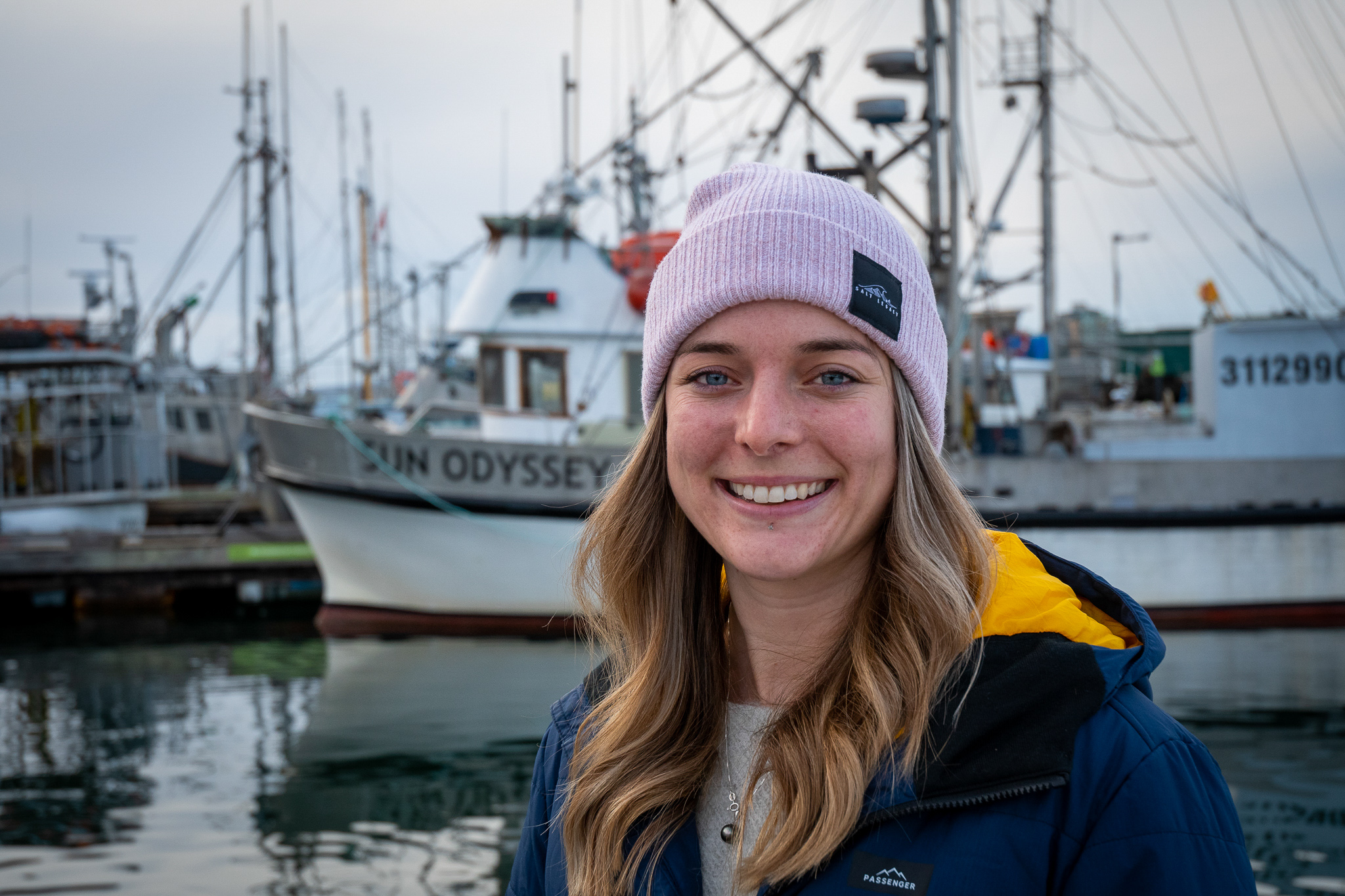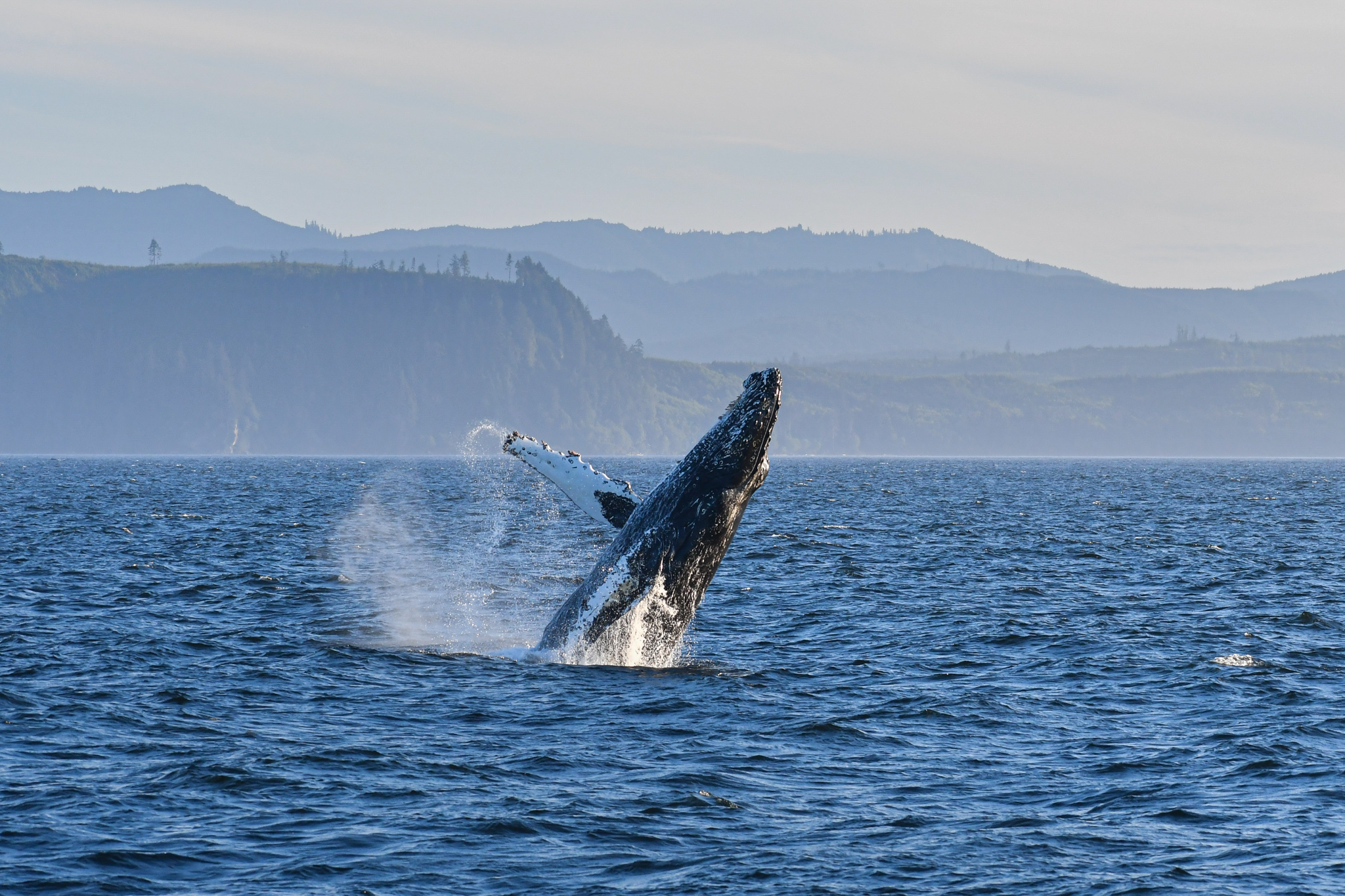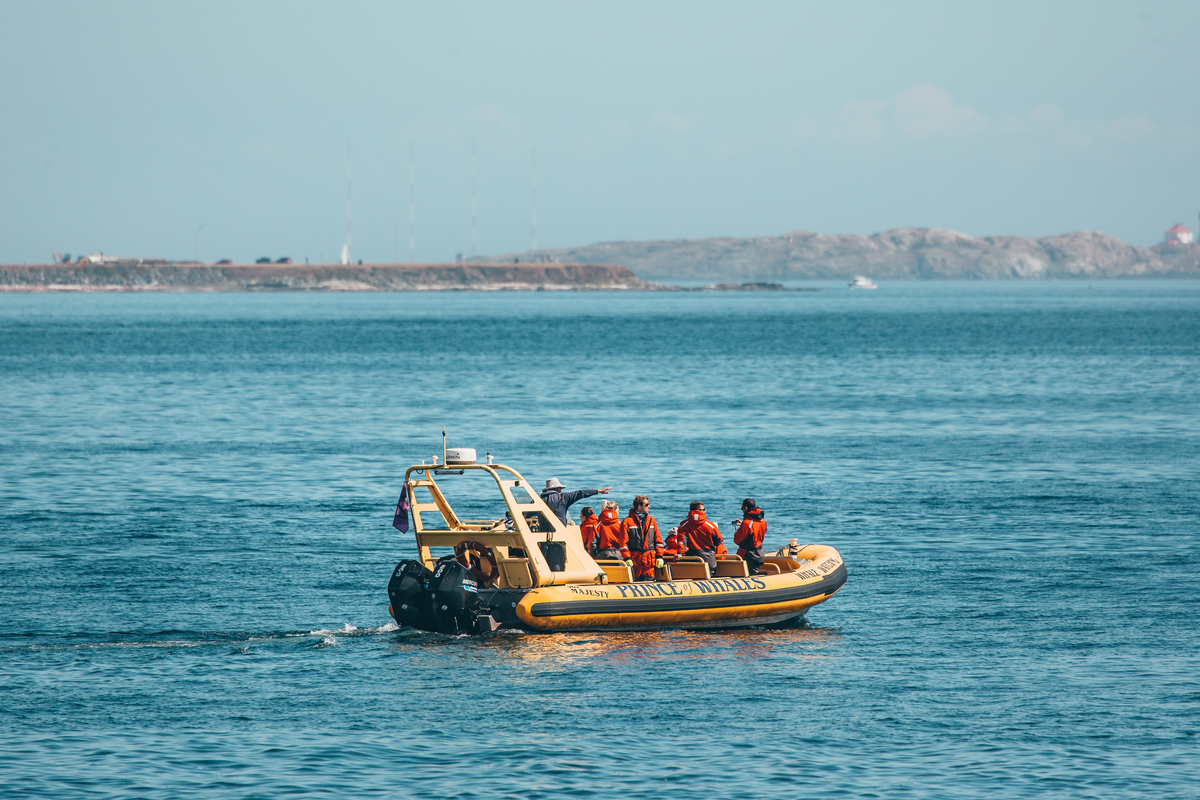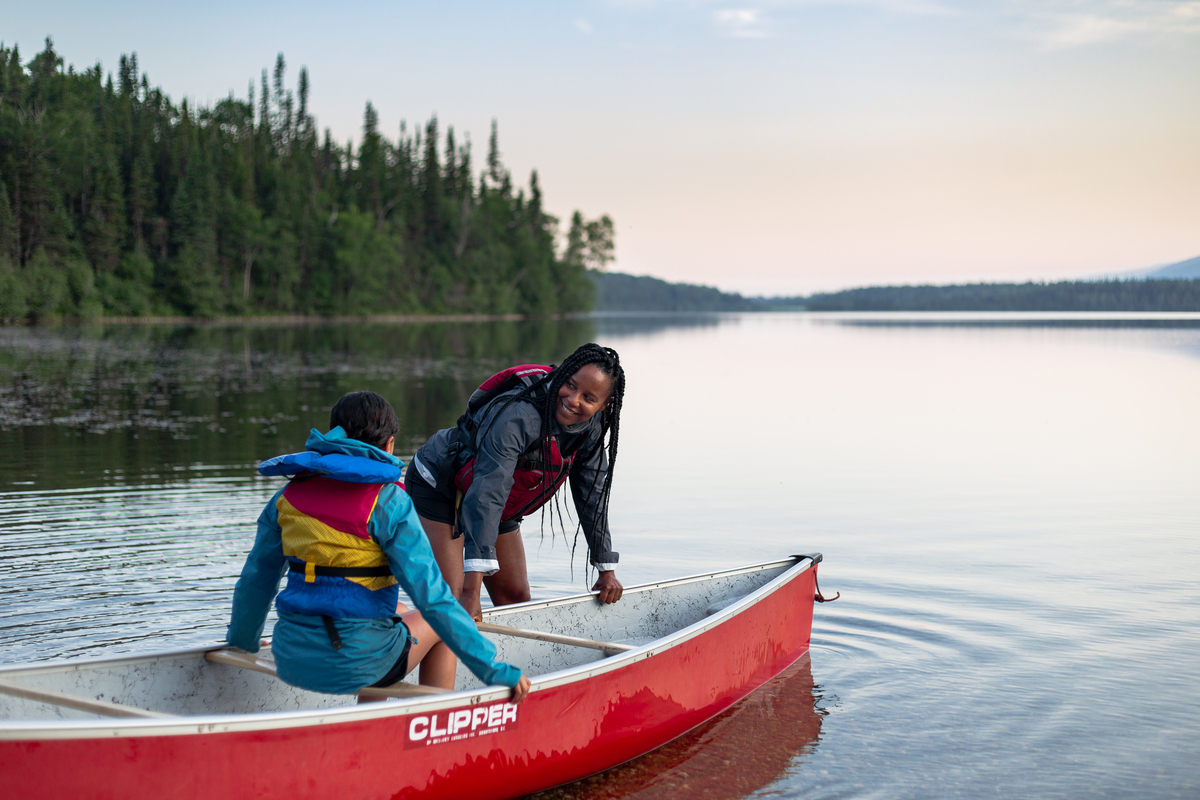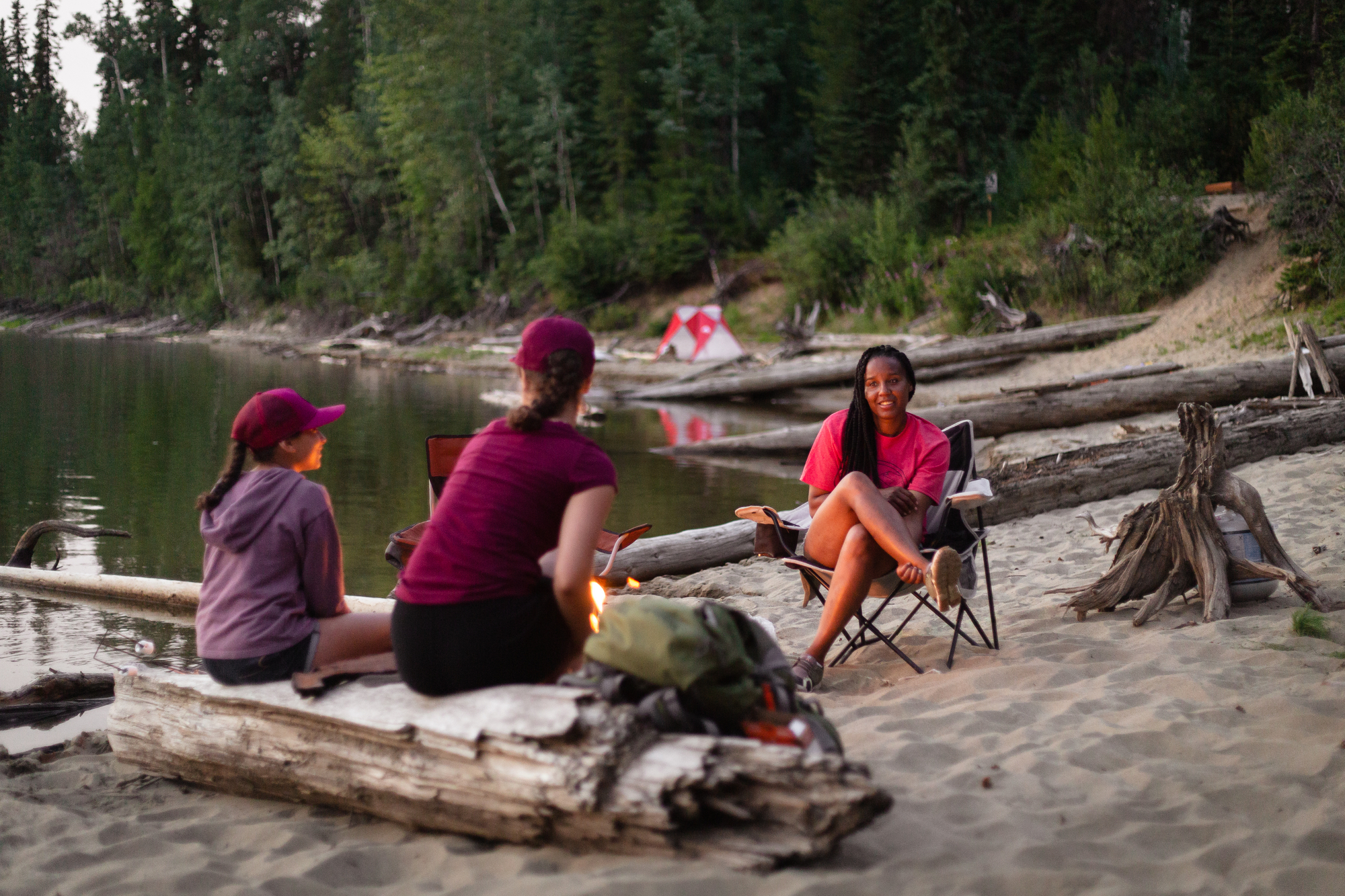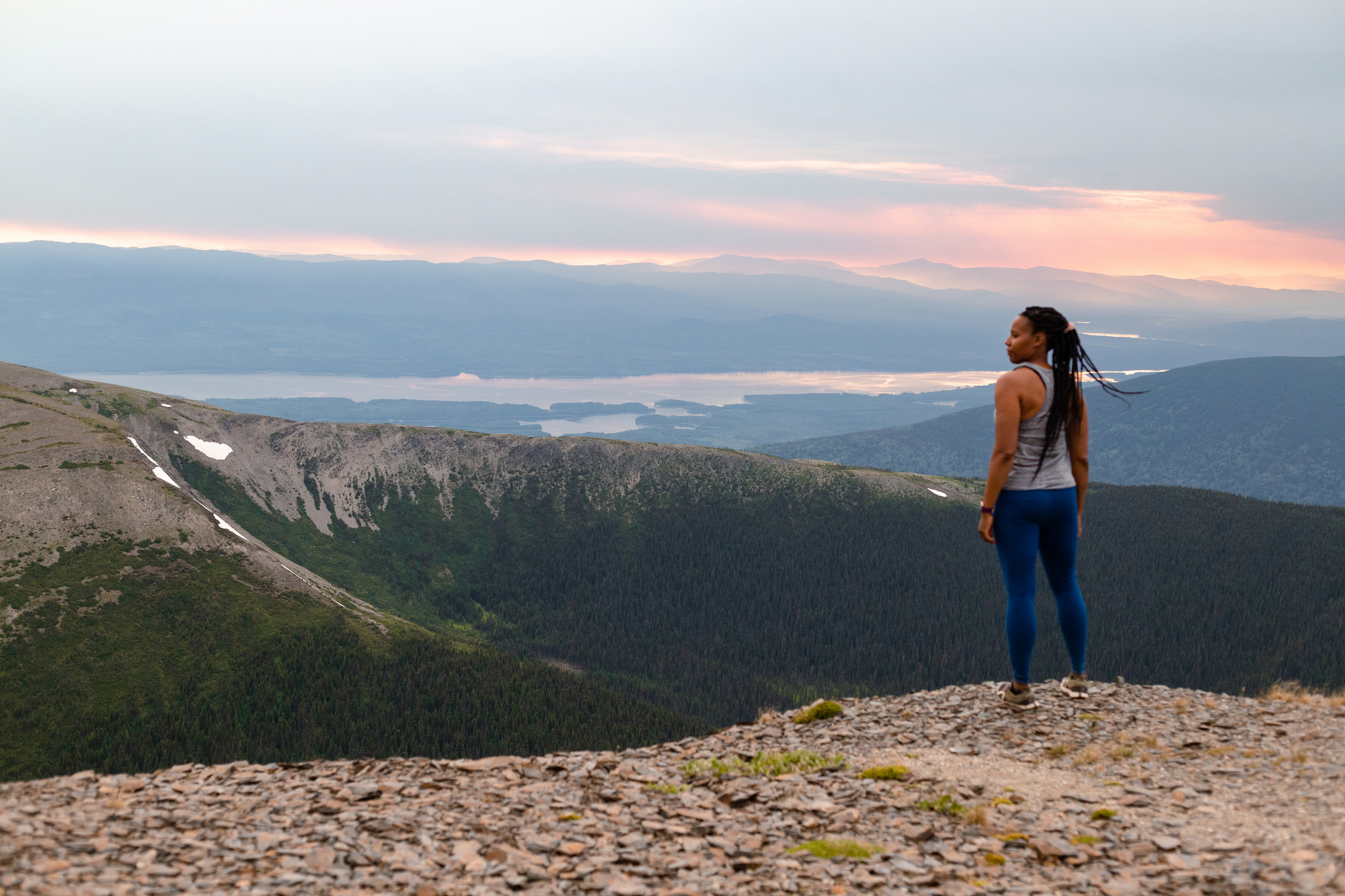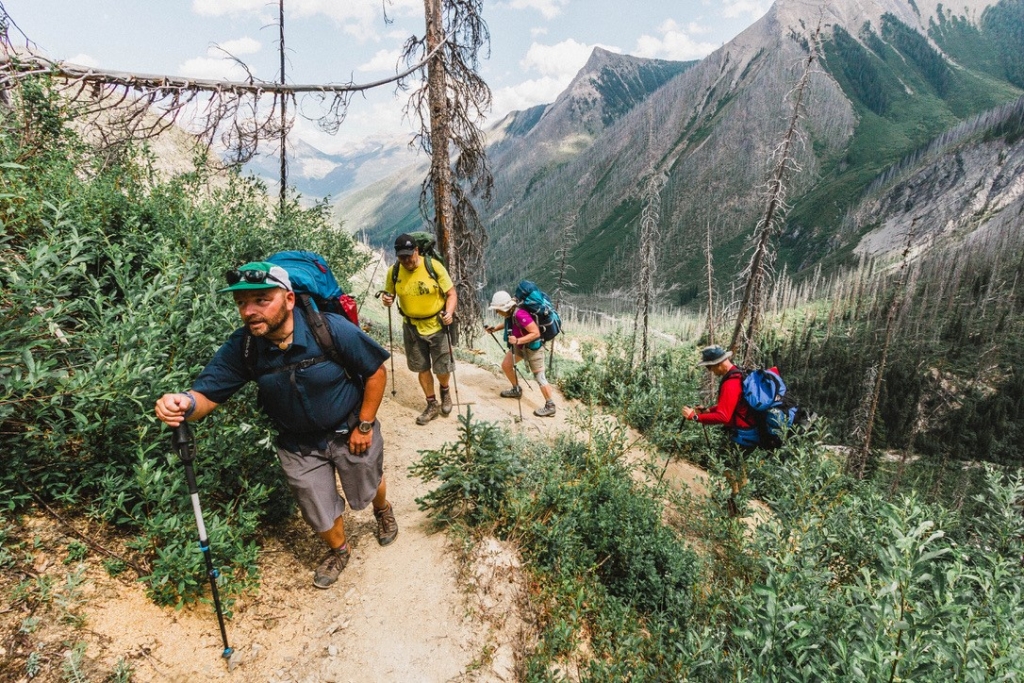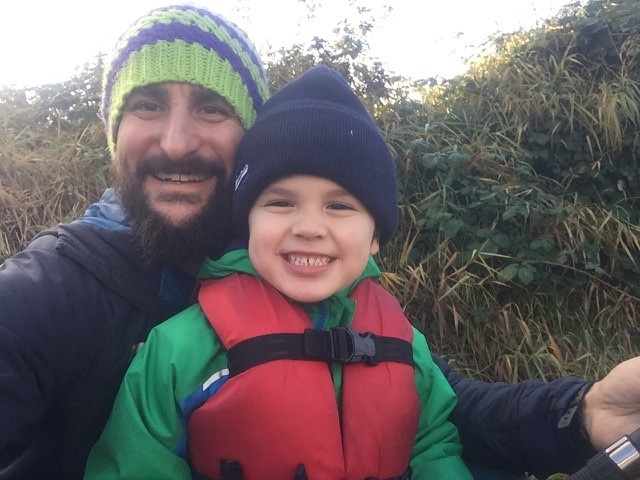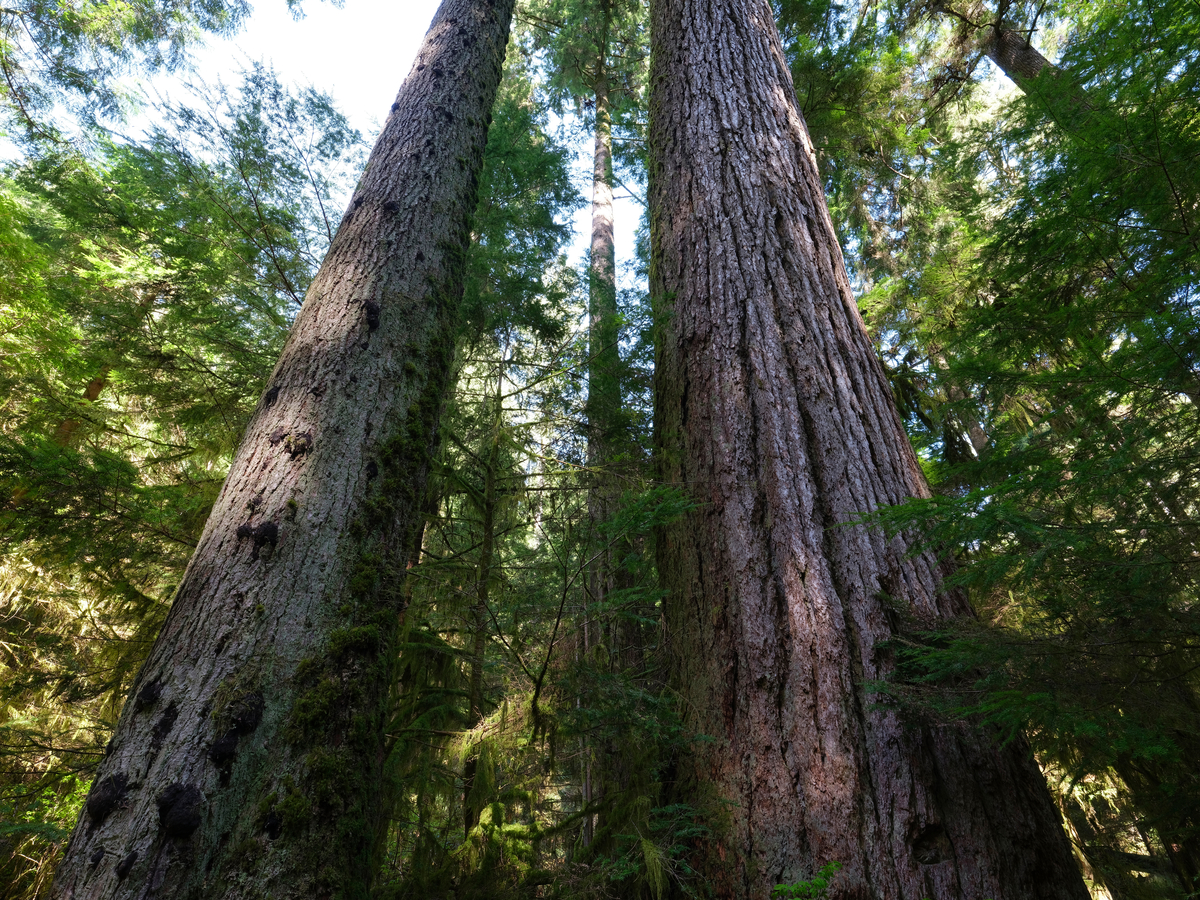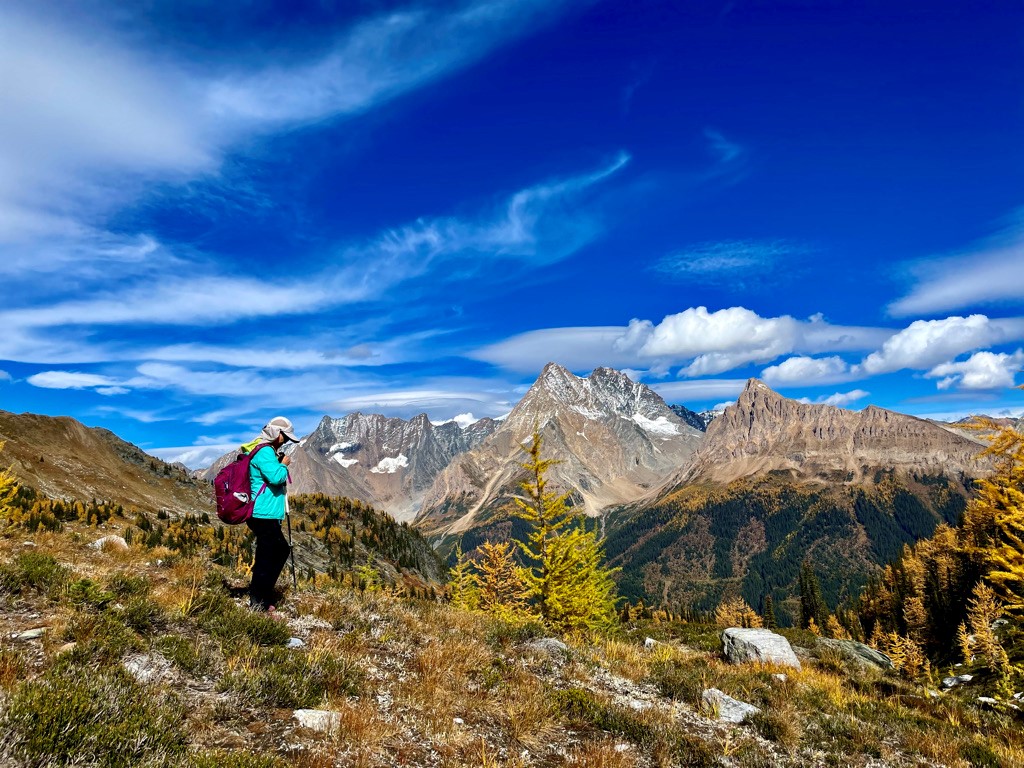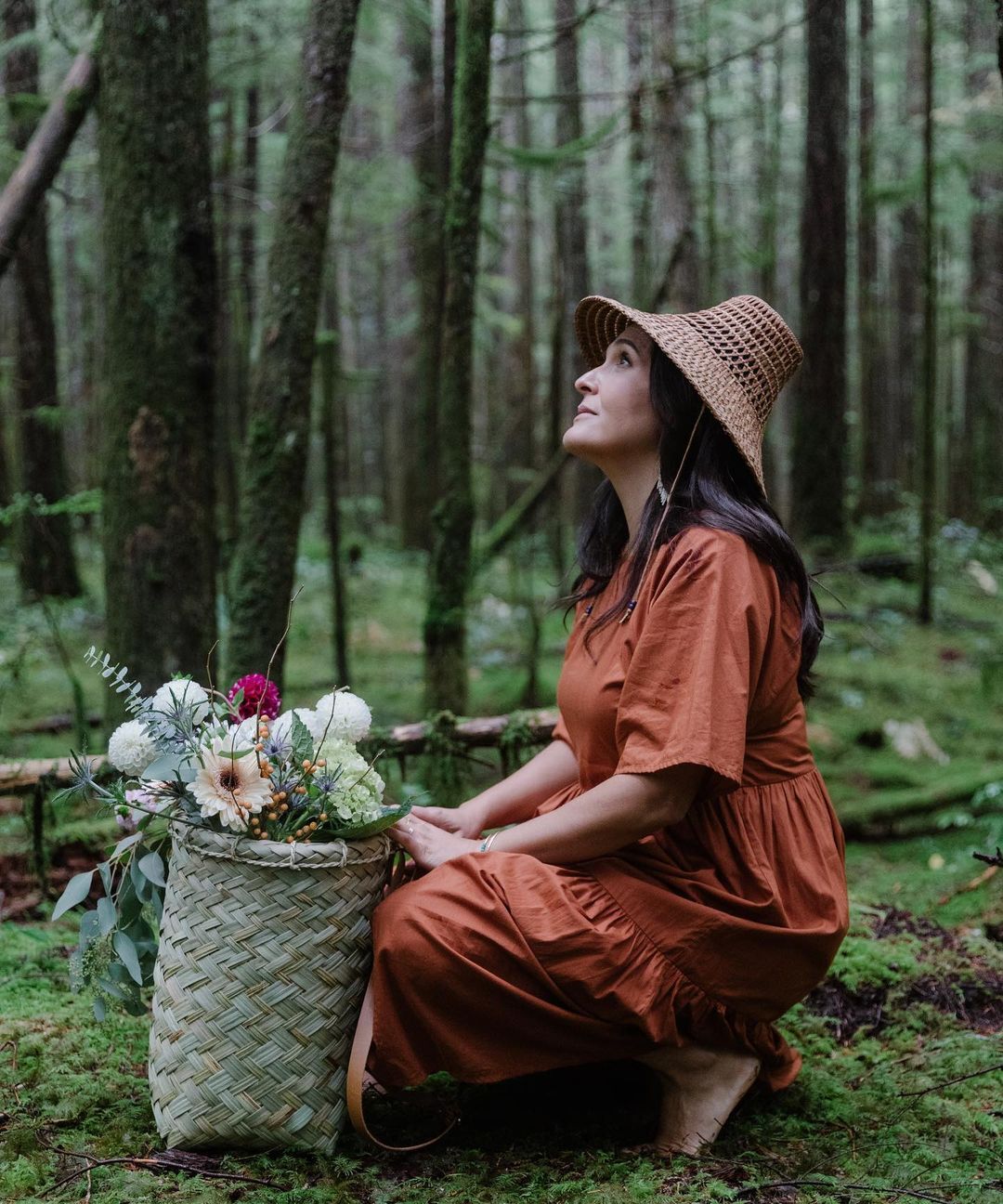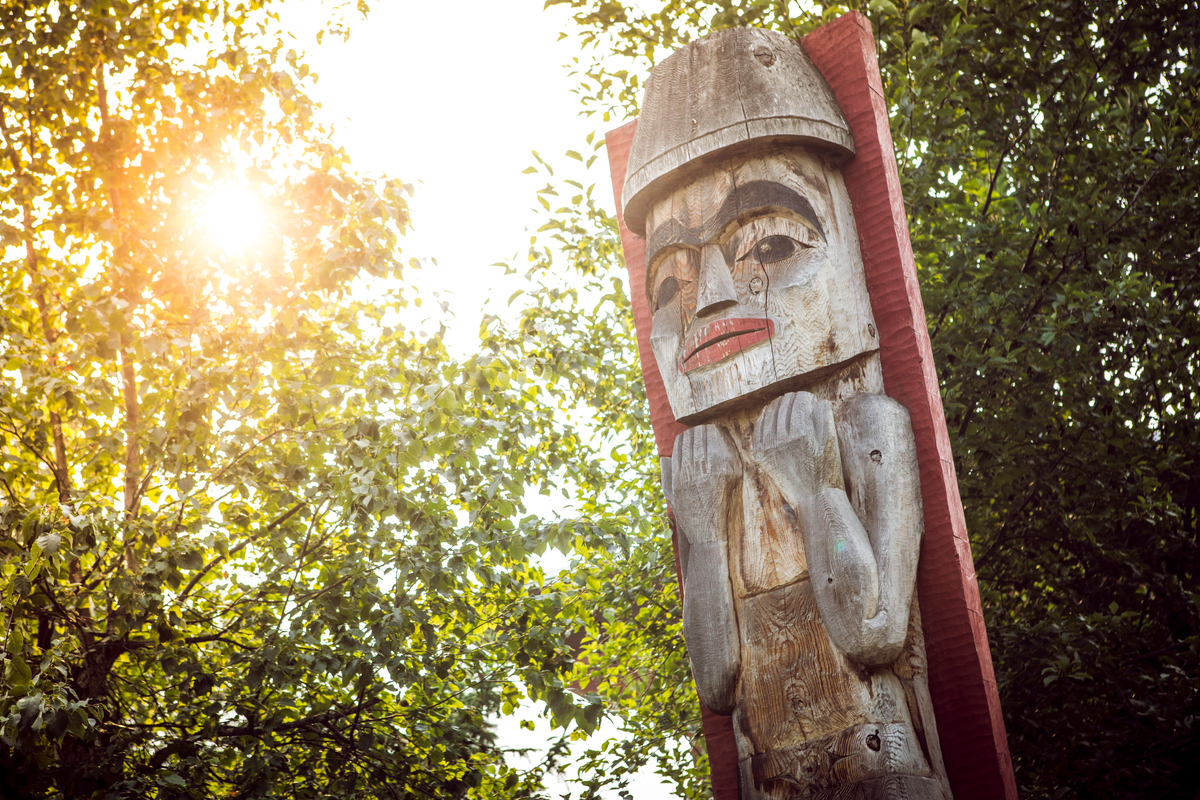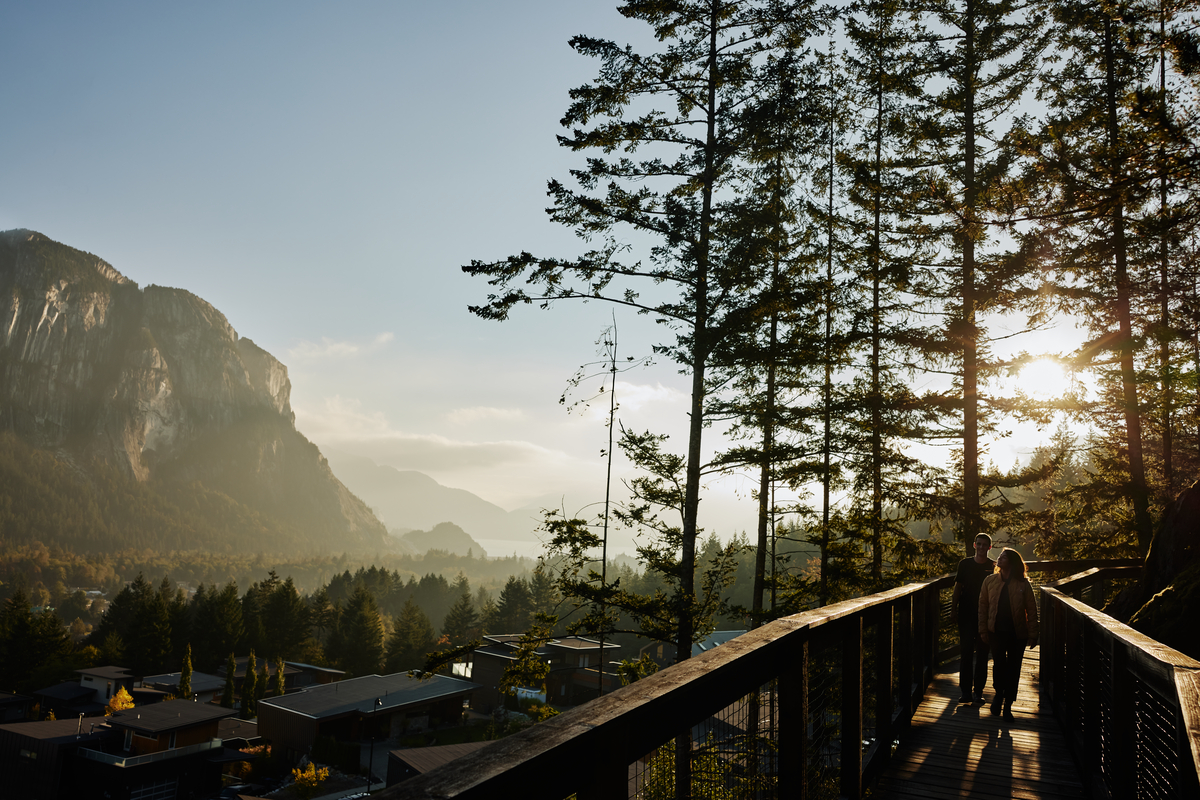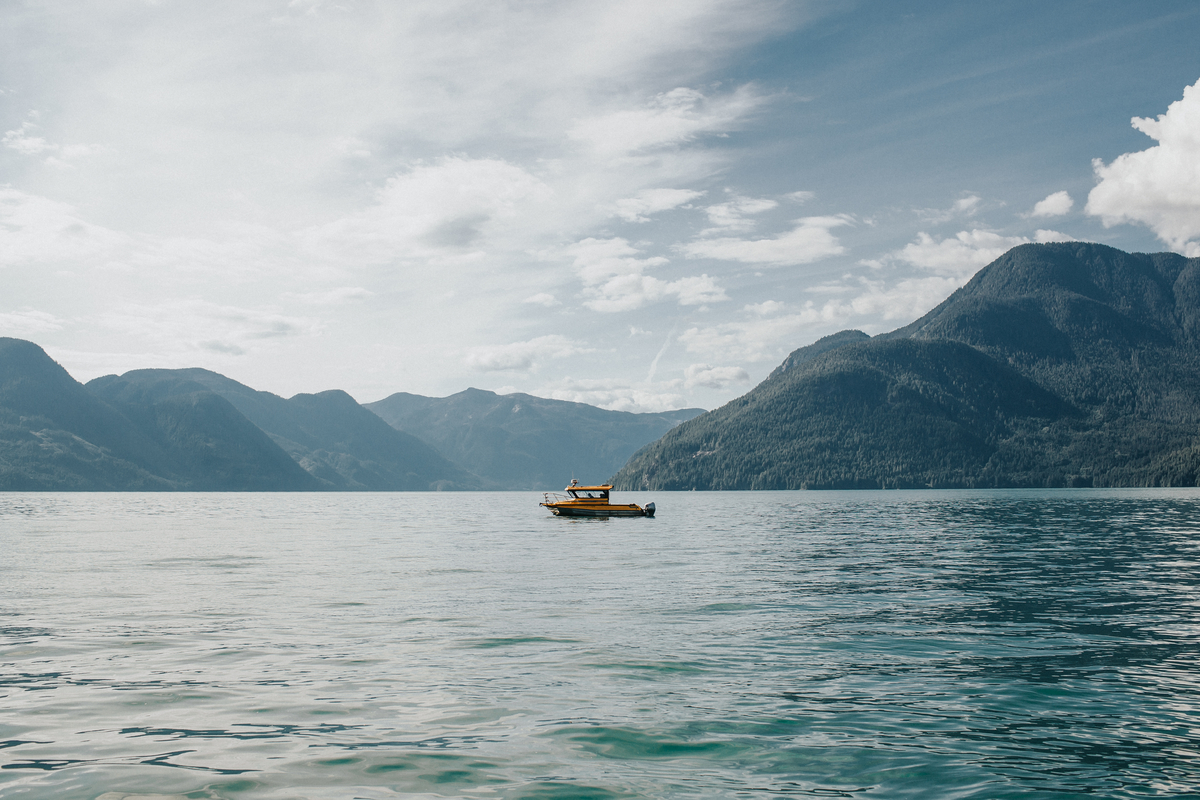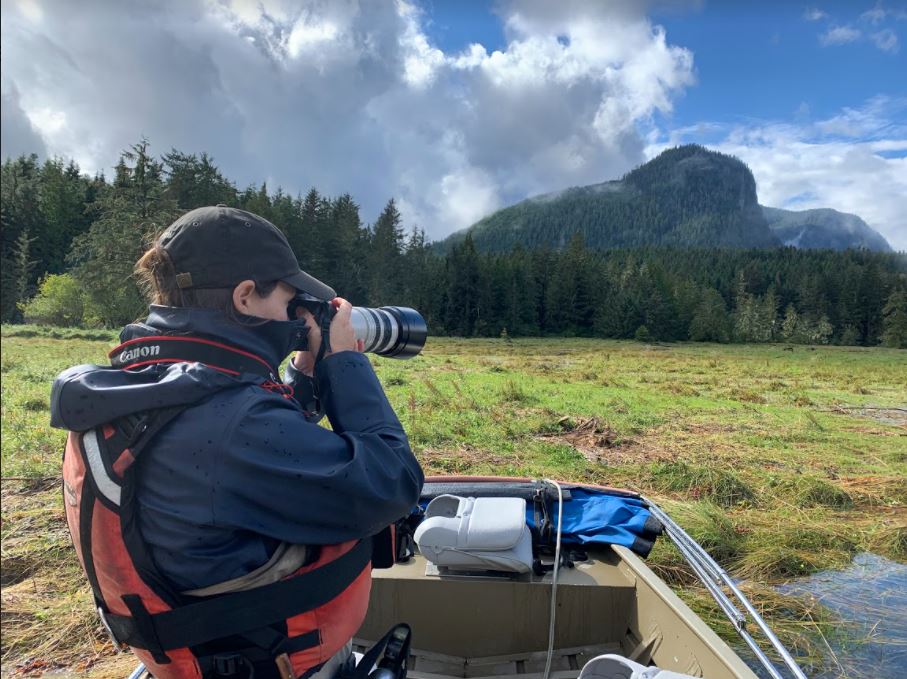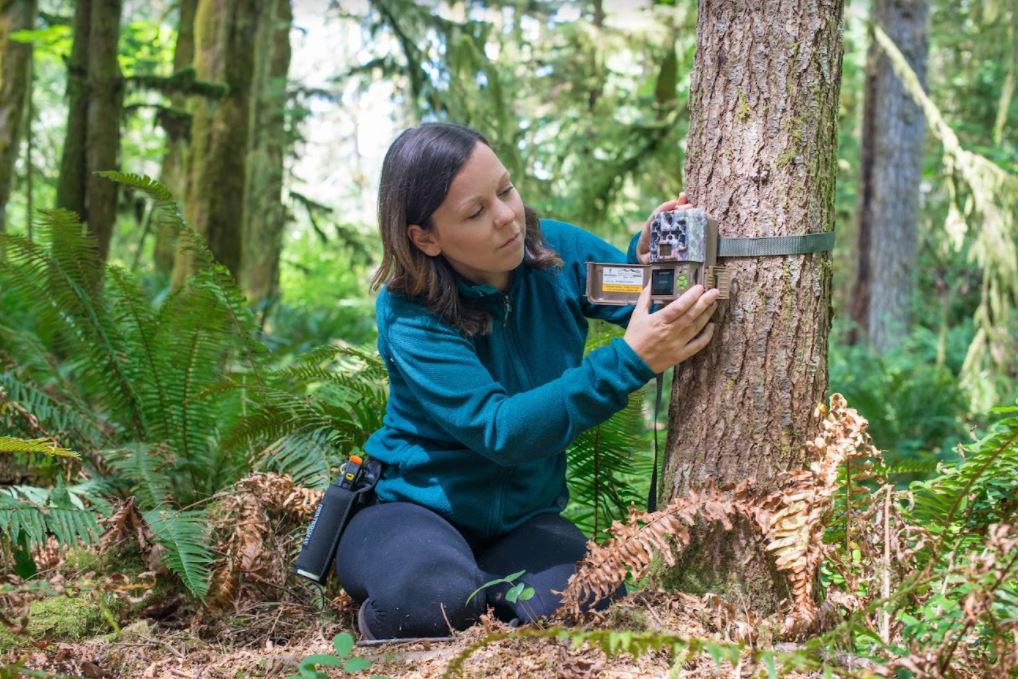For a complete physical and psychological experience, Skinner recommends shinrin-yoku or “forest bathing” at Radius Retreat with Pat Bavin in Radium Hot Springs, just north of Invermere. Originating in Japan, forest bathing encourages intense, mindful engagement with the immediate environment and shares a lot in common with meditation.
In response to the growing body of scientific evidence supporting nature as therapy, Parks Canada has even recently started offering free passes to national parks and attractions, which BC healthcare practitioners can “prescribe” to their patients, a program called PaRx. This makes it crystal clear that policy makers and the medical community believe that spending more time in nature makes us happier and healthier.
Learn more about the Kootenay Rockies and follow @playwest on Instagram.


